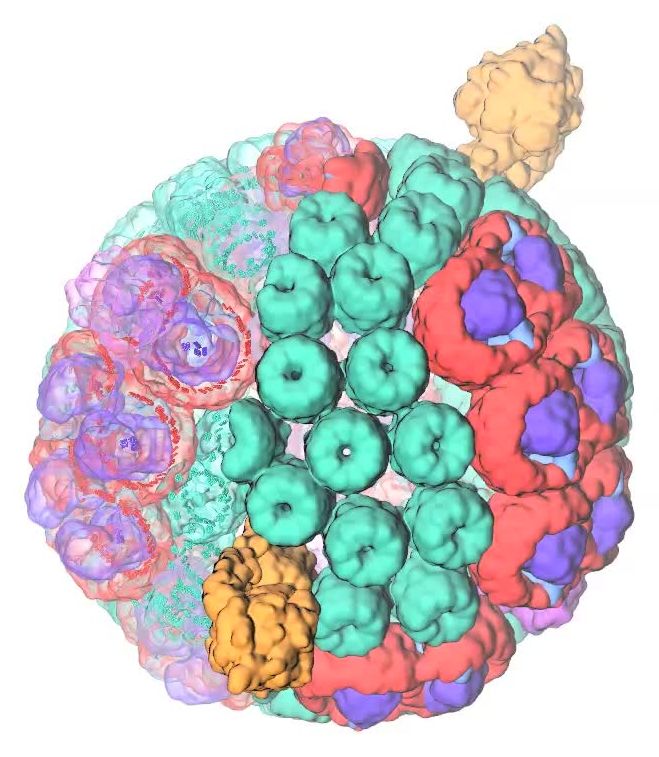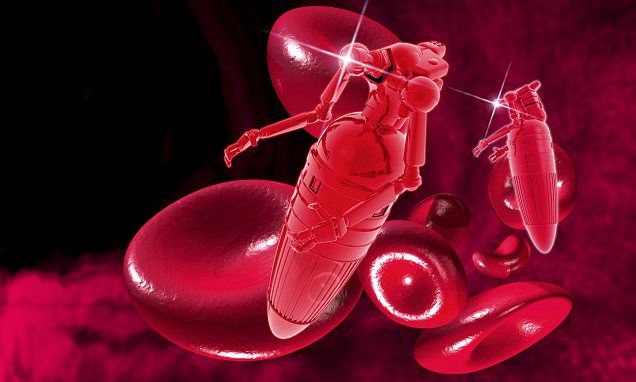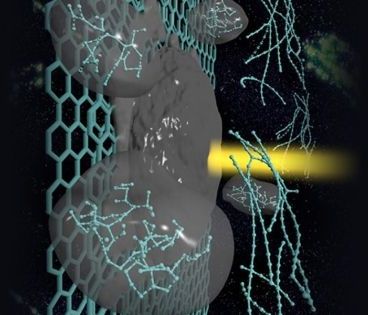Aug 26, 2016
Beyond silicon: We discover the processors of your future tech
Posted by Karen Hurst in categories: bioengineering, biological, computing, quantum physics
New updated article on the evolution of the processors of tomorrow.
Personally, I find this article runs short in only focusing on carbon, organics aka plastics, and QC as future replacement. With the ongoing emergence of synthetic biology and what this could mean for processors; I would suggest the author explore further the future of synthetic bio.
From stacked CPUs to organic and quantum processing.
Continue reading “Beyond silicon: We discover the processors of your future tech” »

















